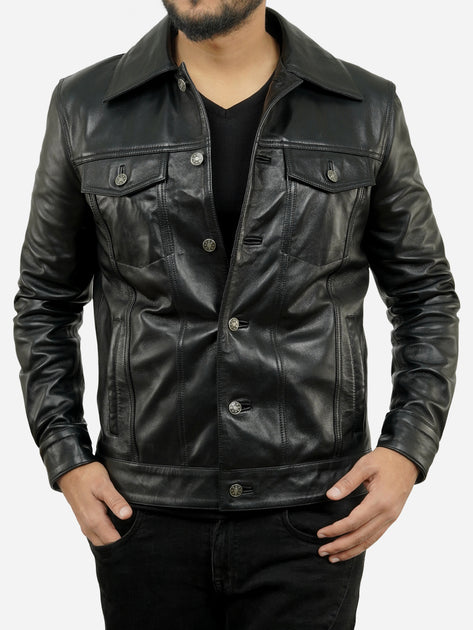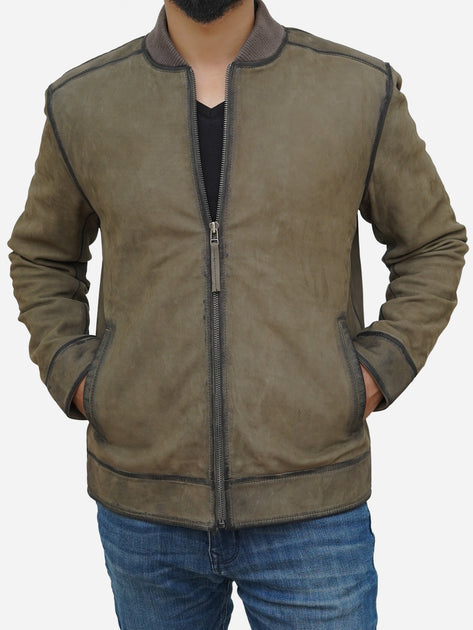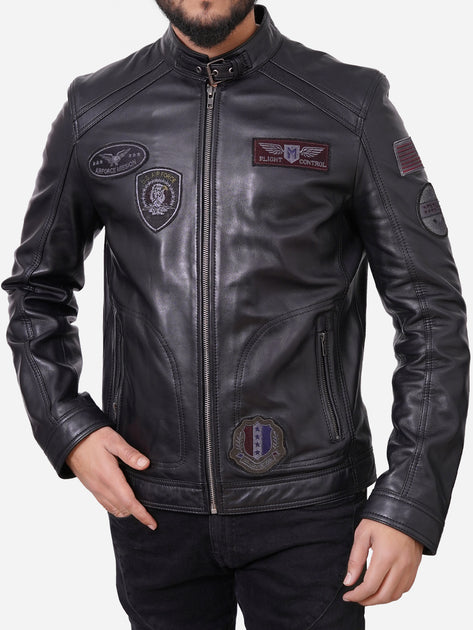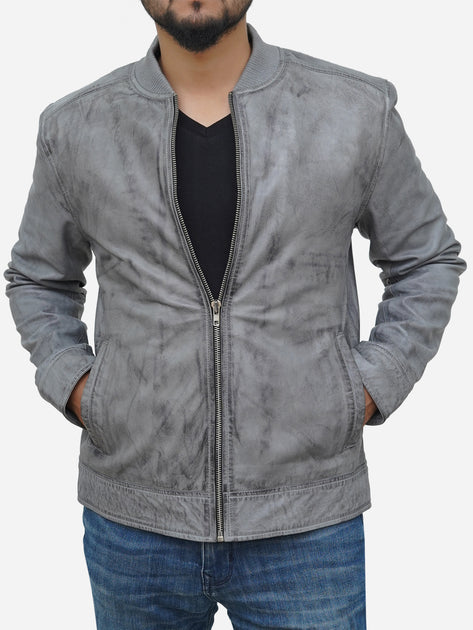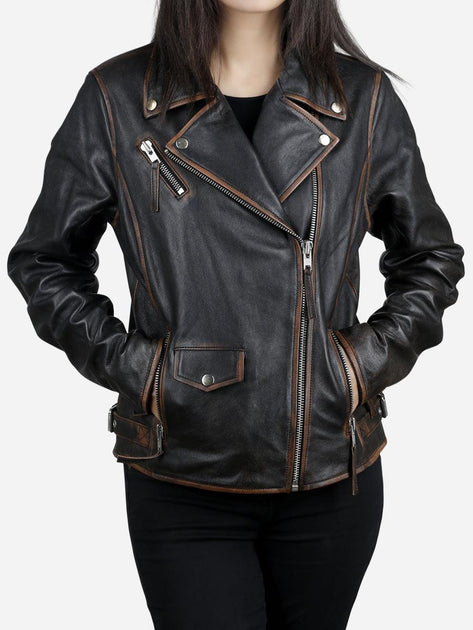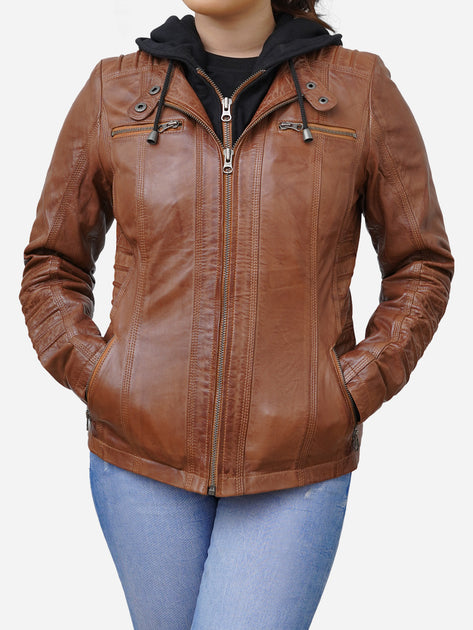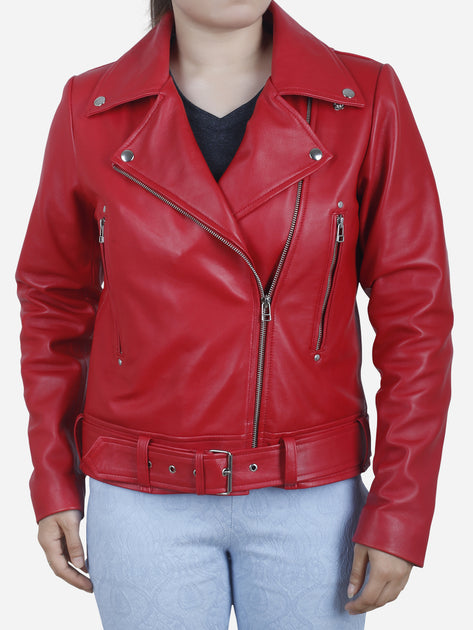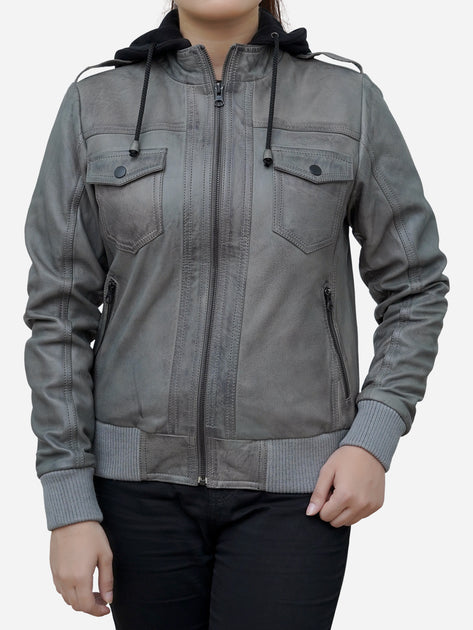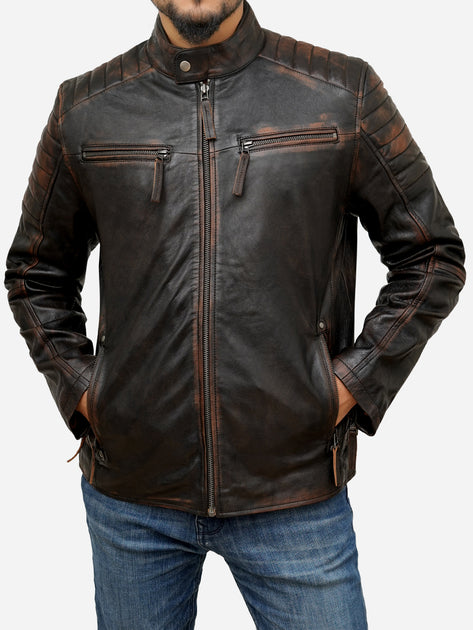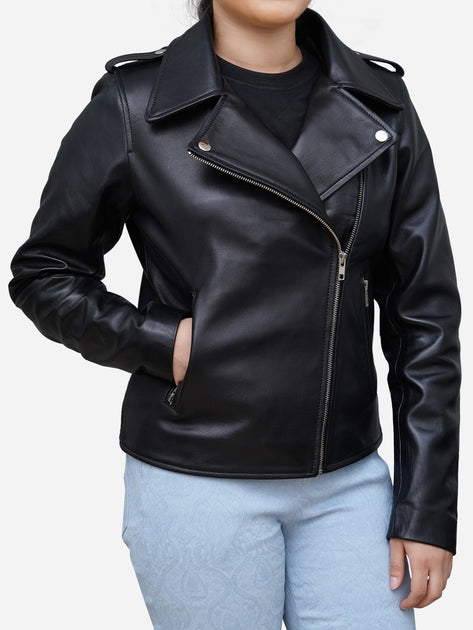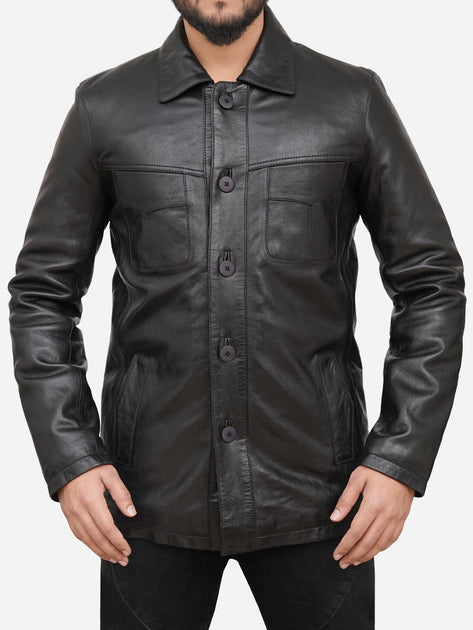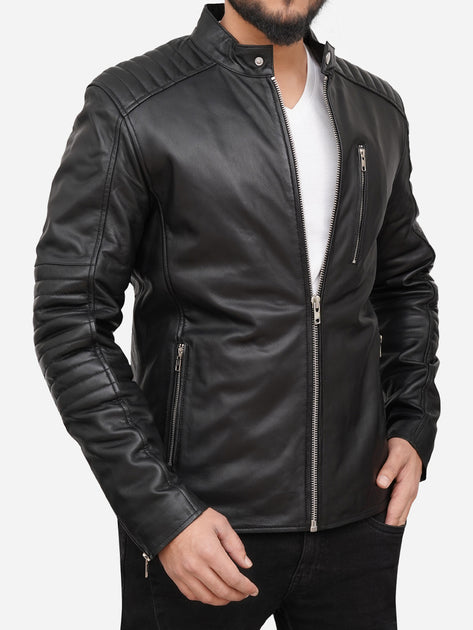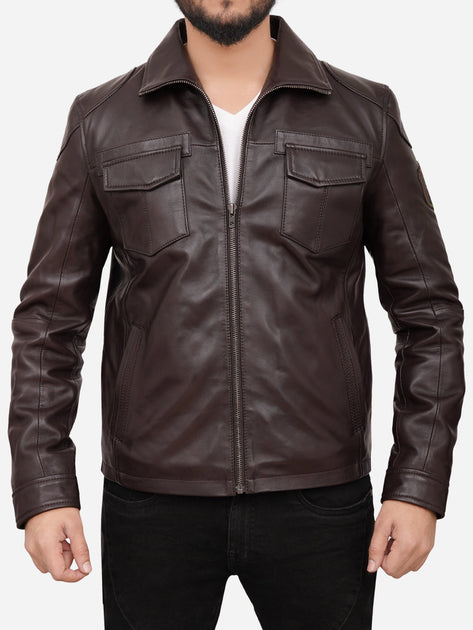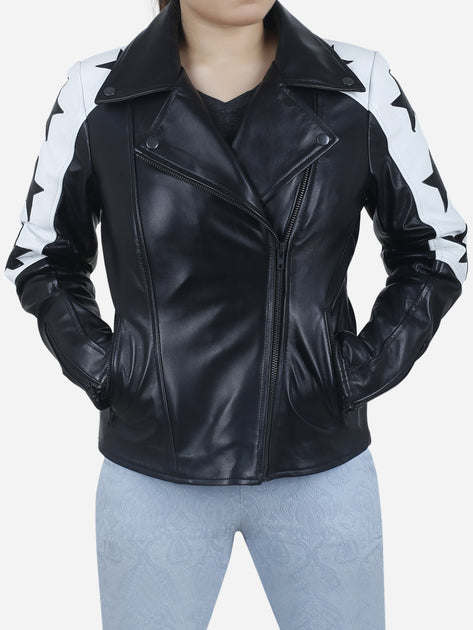Searching for the best online leather jacket store? Petersign brings the end to your search! Our perfect balance between the luxuriousness and quality is unmatched as we deliver the best leather jackets across the borders. We make statement jackets that are timeless in style and provide a beautiful fit.
At Petersign, we understand the demand for high-quality leather jackets which can only be achieved with a keen and determined eye for perfection. In order to help you achieve the perfect apparel, we source quality leather from the best tanneries and turn them into beautiful leather jackets. Our quality is unmatched and each piece we create is flawless enough to help you dazzle and punch your unique statement.
From Casual to Bold - Petersign Offers a Wide Range of Leather Jackets
Petersign not only deals in quality jackets but also in variety. Whether you want to make a statement with a casual look or want to dominate with a bolder version, we have got you covered with an impressive range of leather jackets. From oversized leather jacket to something more custom as per your body measurements, we have got you multiple options.
For those who want to keep it minimal yet sleek, we have the fantastic vintage leather jacket range that is bound to turn heads. Merging the trending fashion and ultimate comfort together, our leather jackets have peak perfection and the quality speaks for itself while you continue to style yourself in it.
Our collection of leather jackets include pieces that are made with finesse to boost your confidence. For men who love something comfortable, durable, and stylish - we offer the best quality and custom-made men's leather coats and jackets. Crafted with precision, these jackets and coats serve as the best garment for the winters. Apart from this, we have women's leather jackets as well that helps you secure sizzling and classy appeal. From quality cropped leather jacket to fringe ones, we have got them all! Explore the collection today and make a purchase now!
Why Choose Petersign for Quality Leather Jackets?
Authenticity and quality matters a lot while purchasing a leather jacket, and to help you choose the best to invest in, Petersign presents you a wonderful collection of leather jackets. From genuine leather to real leather jacket, we have a vast variety that caters to multiple preferences. You can also design your own custom jacket and stand out from the crowd.
Petersign is a trusted online store which deals in durable leather jackets that transcends over the period of years without fading their color. We make jackets that fit like a glove and keep you at ultimate ease. None of our jackets compromise your mobility and enhance your style as well. Whether you are searching for a long leather jacket or something like a leather jacket with fur, we have got it all.
Hear What Our Customers Say About Us!
Petersign has been delivering the customers across the globe for more than a decade. Our expertise lies in crafting exceptional leather jackets that combine fashion, elegance, and comfort.
Don’t just take our word for our leather jackets, hear from our customers!
- Petersign truly stands out in delivering investment-worthy pieces. Just loved the quality and neatness of the leather jacket I received last week. – James R.
- This brand is a wonderful mix of quality and affordability. I received my package last week and the quality of the leather jacket just blew me away! Keep it up! – Sophia M.
- I was quite confused while making a purchase as my size is always not available at any online store. However, the customer support team was very friendly and cooperative with me. They helped me with finding my perfect size and delivered me with such a perfectly-fitting leather jacket. Thanks guys! – Daniel K
Stylish, Sustainable, and Timeless Leather Fashion!
Leather jacket market is growing with an impeccable compound rate thus making leather garments trendy and in-demand. With this rate of popularity, leather jackets will continue to make a statement and dominate the fashion industry. Thanks to its timeless appeal, a leather jacket continues to stay a wardrobe staple among all fashion enthusiasts.
Petersign understands the demand for leather jackets which is continuously rising. While our designers keep an eye on the trend, we thrive to manufacture the best quality and latest designs leather jackets. Be it a faux leather jacket or a very casual vintage leather jacket, we offer styles that align with latest fashion. Our collection proves our dedication and testament to producing high quality leather jackets. Check it out today and buy your next leather garment from us!
Continue to Shop With Ultimate Confidence, Safety, & Security
Petersign dissolves the hassle of online shopping by providing a seamless, secure, and safe platform to shop quality and custom-made leather jackets for men and women of all ages. Our range of leather jackets allows the wearer to embrace their individuality with style and sleekness.
Our website offers a seamless navigation to help you shop your choice of leather jacket. We also offer secure payment methods and deliver the packages with fast shipping and doorstep delivery. So, shopping with us is going to be a fulfilling experience for you all.
At Petersign, we are well-aware of tensions that arise during online shopping and to resolve them, we assure our customers that we guarantee safe shipment and delivery of our packages. We deal in hassle-free returns and excellent customer service which makes shopping from us more reliable and trustworthy. So, continue shopping with pride and satisfaction.
Our Best-Selling Leather Jackets – Must-Have Styles You Can’t Miss
At Petersign, our custom leather made jackets have been loved and appreciated from all over the globe. With each piece crafted to perfection, there are a few styles that never go out of style and we have got you them to take advantage and stay edgy and chic! Our best-selling styles are definite to check out!
Trucker Jackets
Our all-rounder womens and mens trucker jackets are truly impeccable in terms of quality, durability, and appearance. Made with luxuriously soft material and neat stitching, these jackets are highly recommended to keep you comfortable and breathable throughout the wearing time. Each trucker jacket has a very deluxe appeal making it a must-have for all the wardrobe. All those who love to wear something classy and cozy, these trucker jackets from our store have got them covered.
Vintage Jackets
With a very old-school and warm appeal, our men’s and women's vintage leather jackets have also become hot-selling among our customers. They have a very sophisticated and warm appearance making them instantly eye-catching in a crowd. This has made them immensely so popular among the fashion crowd and we have our entire collection of these jackets. Supreme in quality and rugged yet luxurious in looks, shop these vintage leather jackets from Petersign at the most budget-friendly prices.
Oversized Jackets
Since an oversized leather jacket has now become a fashion, we have a complete range of these as well. You can search for these bulky jackets at our store and continue to slay in an oversized jacket. Made for bigger and bulkier frames, these oversized leather jackets suit multiple preferences and styling choices. Easily versatile, customizable, and super comfortable, these oversized jackets are loved for their dazzling and cozy look. Shop them now without straining your budget!
From quality craftsmanship to handcrafted excellence evident in each piece, Petersign serves as the only top-notch online store for premium quality leather jackets. Our vision was to sell ethically made leather jackets that are durable and long-lasting and it’s been a decade since we are delivering our customers with best quality jackets. Designed for ultimate style and supreme level comfort, our leather jackets have no competition. Investing in our leather jackets will surely help you with the long run in fashion and durability. Discover the range of jackets and shop yours today!
